How to Successfully Market a Baseball Brand: Baseball is more than just America’s pastime—it’s a culture, a passion, and for many, a way of life.
Whether you’re an established company with a long history or a new startup looking to carve your niche in the sports industry, successfully marketing a baseball brand requires an understanding of the game’s audience, its traditions,
and how to effectively connect with fans both young and old. So how can you market a baseball brand in a way that resonates with the target demographic and stands out from the competition? Here are key strategies to successfully market a baseball brand.
1. Understand Your Audience
Before you can successfully market any product or service, you need to understand your target audience. In the case of a baseball brand, this means identifying the various segments that make up the baseball fan base. These could include:
- Diehard Fans: These individuals have an emotional connection to the game, often following teams for generations.
- Casual Fans: These fans enjoy baseball but don’t engage with it as passionately as the diehards. They might attend a few games a season or follow a team loosely.
- Youth and Families: Families with children, especially those involved in youth leagues, represent a growing segment of the baseball market.
- Collectors and Enthusiasts: Baseball memorabilia collectors and hobbyists who enjoy rare items, vintage merchandise, or limited-edition releases.
Each group has different needs, preferences, and behaviors. Tailoring your marketing efforts to these different segments will ensure that your message resonates across a wide swath of potential customers.
2. Leverage Social Media and Digital Content
Baseball fans, like fans of any other sport, are active on social media platforms. A robust digital marketing strategy is key to reaching your audience where they spend their time. Some strategies to consider:
- Instagram & TikTok: Visual platforms like Instagram and TikTok are perfect for showing off your products in action. You can share behind-the-scenes content, highlight products being used in real-life settings (such as on the field or in the stands), and engage with influencers or athletes.
- Twitter: Twitter is where many fans engage in real-time during games. It’s also an ideal platform for sharing quick updates, contests, or promotions. Engaging in conversations about games, scores, or relevant baseball news can position your brand as a relevant voice in the sport.
- YouTube: Creating videos about your products, such as unboxings, tutorials, and product reviews, can be an effective way to engage with your audience. Baseball fans are particularly passionate about gear, so showcasing product features or performance can drive interest and sales.
- Email Marketing & Newsletters: Building an email list through incentives like exclusive discounts or early access to product launches can be invaluable. Regular newsletters can include team news, player features, product updates, and offers, helping to maintain a consistent connection with fans.
3. Collaborate with Influencers & Athletes
The credibility of professional athletes, especially those within the baseball community, is unmatched. If your baseball brand aligns with specific athletes—whether they’re established superstars or rising prospects—partnering with them for promotional content, endorsements, or co-branded merchandise can significantly elevate your brand.
- Sponsorships: Sponsorship opportunities, such as sponsoring a little league team or providing gear for minor league players, help your brand gain exposure to new audiences while fostering goodwill within the baseball community.
- Influencers & Bloggers: Beyond major athletes, influencers within the baseball community—especially those who focus on youth leagues, equipment reviews, or collectible sports items—can have a significant impact on brand visibility. Consider reaching out to micro-influencers who cater to niche segments like softball or amateur baseball players.
4. Focus on Quality and Innovation
Baseball is a sport rooted in tradition, but that doesn’t mean there isn’t room for innovation. Players, coaches, and fans alike appreciate high-quality gear that can elevate their performance or experience. When marketing your baseball brand, it’s essential to emphasize what sets your products apart. Whether it’s the latest in bat technology, high-performance fabrics for uniforms, or cutting-edge baseball gloves, innovation is a key selling point.
Some ways to position your products as industry-leading include:
- Material Innovation: Talk about the high-tech materials in your baseballs, bats, gloves, or uniforms, and how they contribute to enhanced performance, durability, or comfort.
- Sustainability: The shift toward sustainability in sports manufacturing is growing. Marketing products made from eco-friendly materials or sustainable practices can help your brand stand out in a crowded market.
- Performance Testing: Providing transparency about product testing, such as bat speed, glove durability, or ball performance, can resonate with serious players who care about the technical aspects of the game.
5. Engage with Local Communities and Youth Leagues
Building a grassroots connection with your audience can be just as valuable as national advertising campaigns. Youth leagues, local teams, and community events offer a great way to build brand loyalty early on. Here’s how you can tap into these markets:
- Sponsor Local Teams & Events: Providing uniforms, equipment, or sponsorships to local youth baseball leagues or community events allows you to build brand recognition at the community level.
- Offer Clinics or Camps: Organize baseball clinics, training camps, or coaching sessions where your brand can interact directly with the next generation of players. This not only helps build brand affinity but also positions your company as an expert in the sport.
- Charity Initiatives: Sponsor charity events or programs that benefit underprivileged children or promote diversity and inclusion within the sport. Aligning your brand with positive social causes can deepen emotional connections with fans and customers.
6. Create Limited Edition and Collector’s Items
Baseball has a long tradition of collecting memorabilia, and fans are often willing to pay premium prices for unique, limited-edition items. Whether it’s a specially designed bat, a jersey worn by a famous player, or a vintage-inspired logo design, offering limited-edition merchandise can create a sense of exclusivity and drive demand.
Consider launching seasonal collections or collaborating with well-known players for signature gear. You could also create commemorative items for major events like the World Series or special player achievements to further tap into the collector’s market.
7. Build Brand Identity Through Storytelling
Storytelling is a powerful tool for marketing any brand. A baseball brand with a compelling narrative—whether it’s about the company’s origins, a passionate founder, or a notable athlete’s endorsement—can evoke emotion and build a deeper connection with your audience.
Share the journey of your brand through blogs, social media posts, and videos, showcasing the people, history, and values behind the products. Baseball fans are loyal to brands that represent their own passion for the sport. Positioning your brand as part of the larger narrative of baseball’s legacy will foster lasting relationships with customers.
8. Measure Results and Adapt
Finally, no marketing strategy is complete without analysis. Measure the effectiveness of your marketing efforts by tracking sales data, social media engagement, website traffic, and customer feedback. Use this data to refine your campaigns, optimize your product offerings, and improve your messaging.
The baseball market is highly competitive, and staying flexible and responsive to the changing needs of your audience is crucial for long-term success.
Conclusion
Successfully marketing a baseball brand requires a thoughtful combination of understanding your audience, utilizing digital platforms, leveraging the power of influencers, innovating with your products, and staying deeply engaged with the baseball community. By weaving these strategies into a cohesive marketing plan, your brand can not only reach baseball fans but also cultivate a loyal, passionate following. Whether you’re selling equipment, apparel, or memorabilia, remember that baseball isn’t just a sport—it’s a community, and your brand should aim to become a trusted part of that community for years to come.

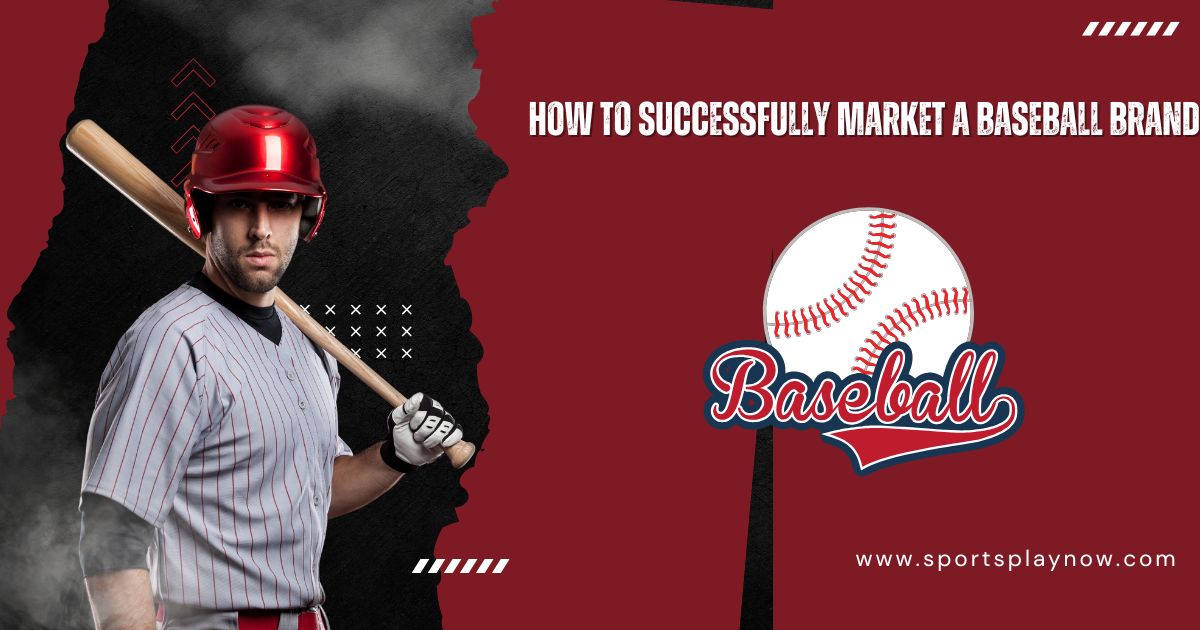
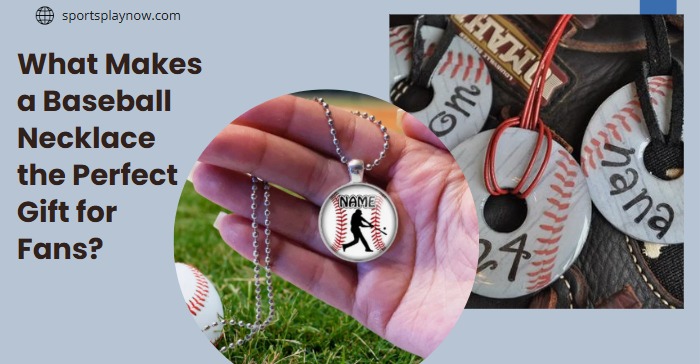
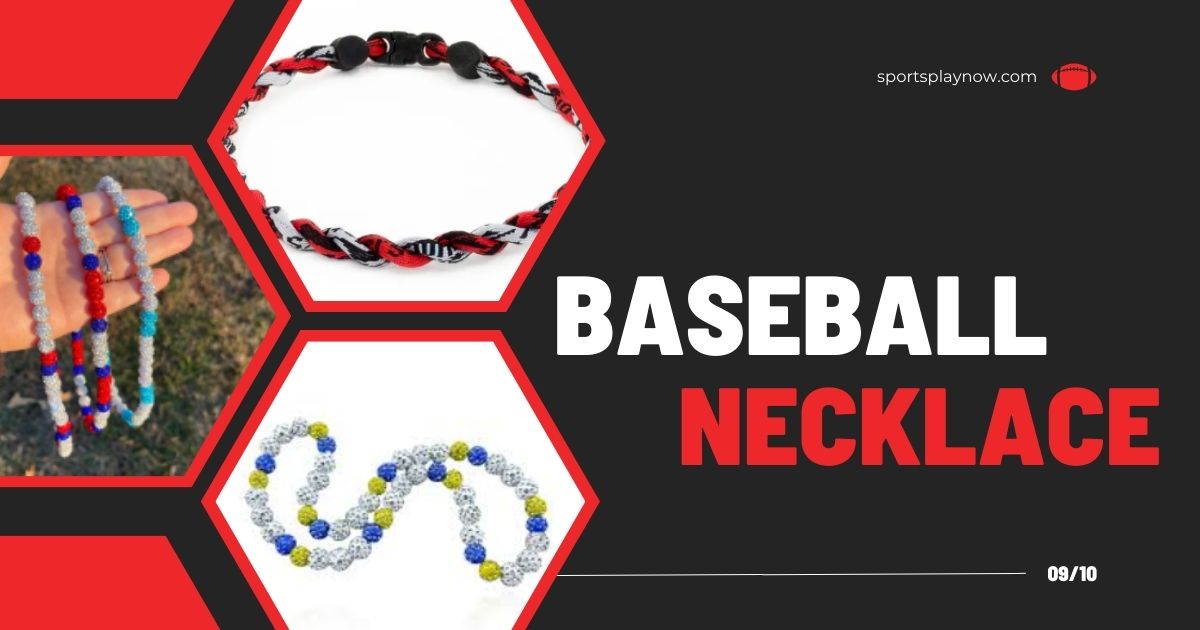

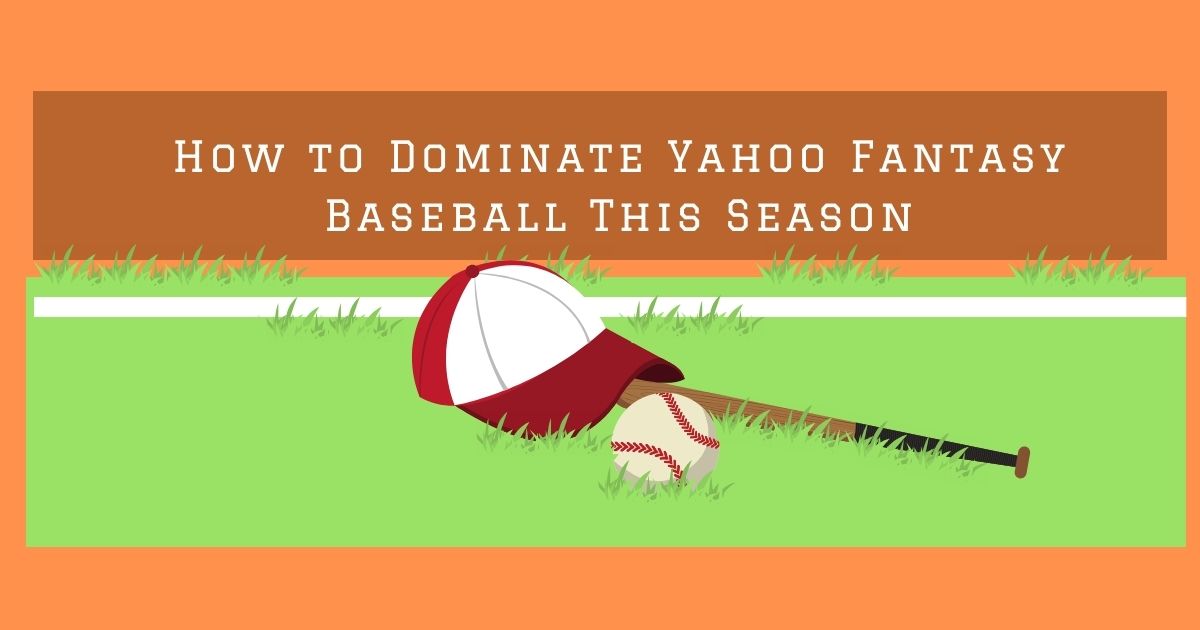
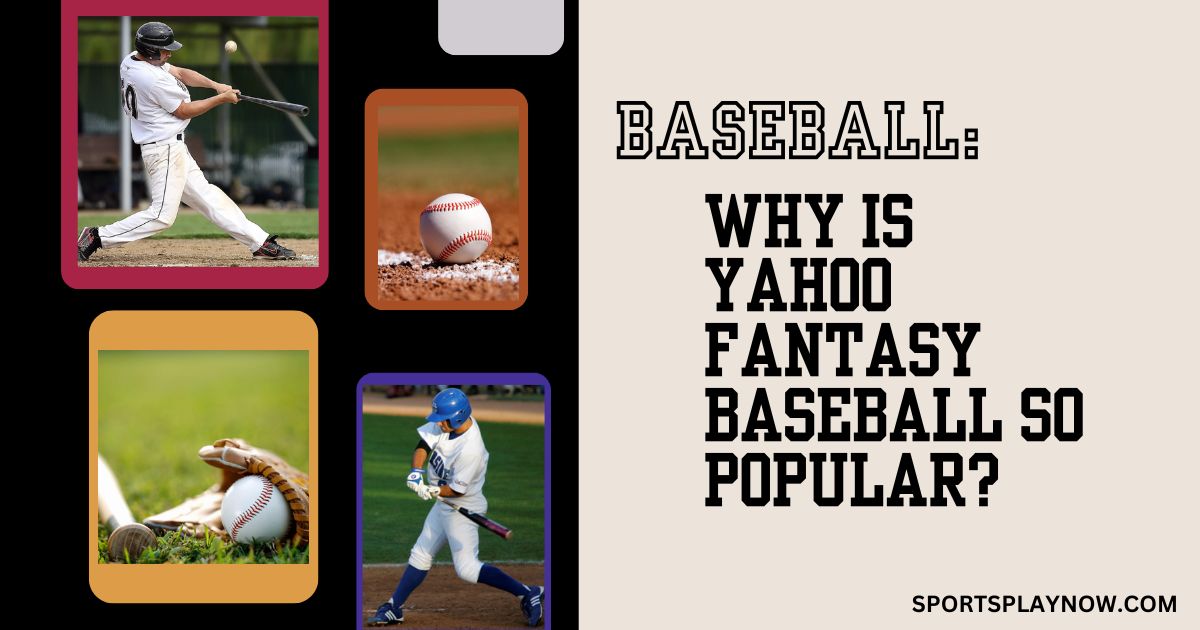
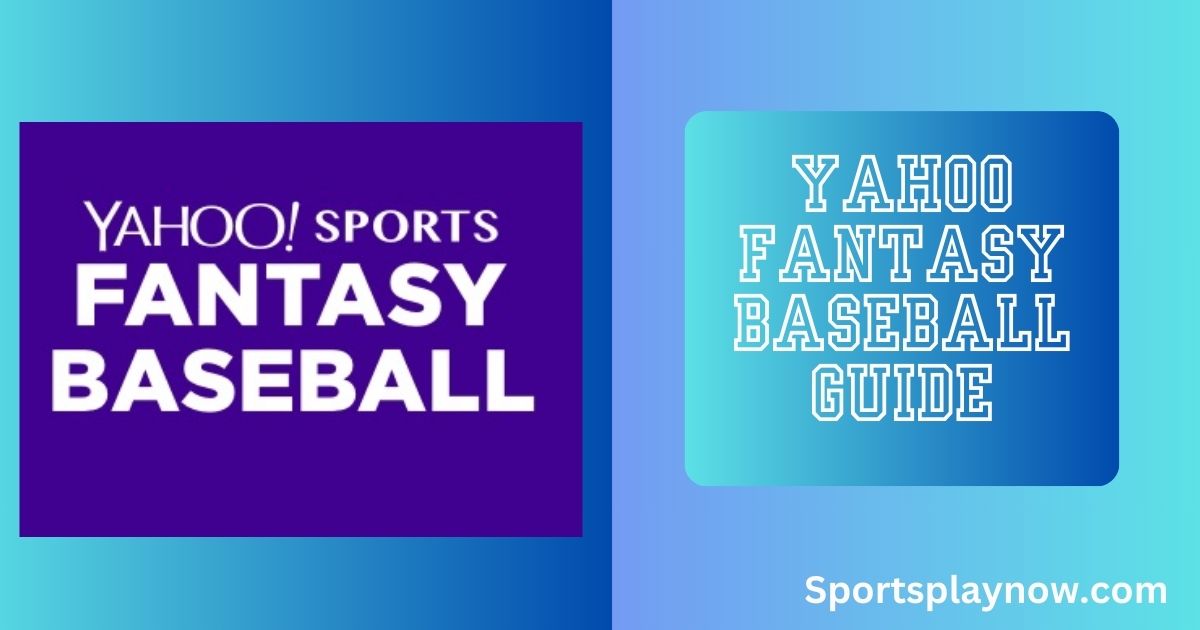
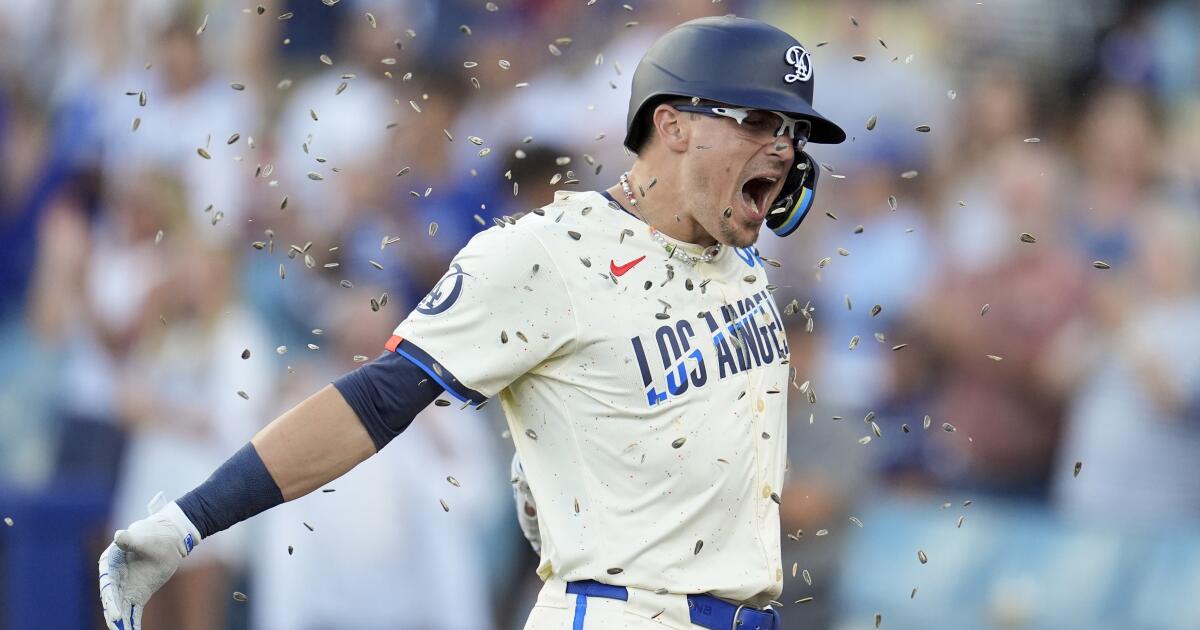
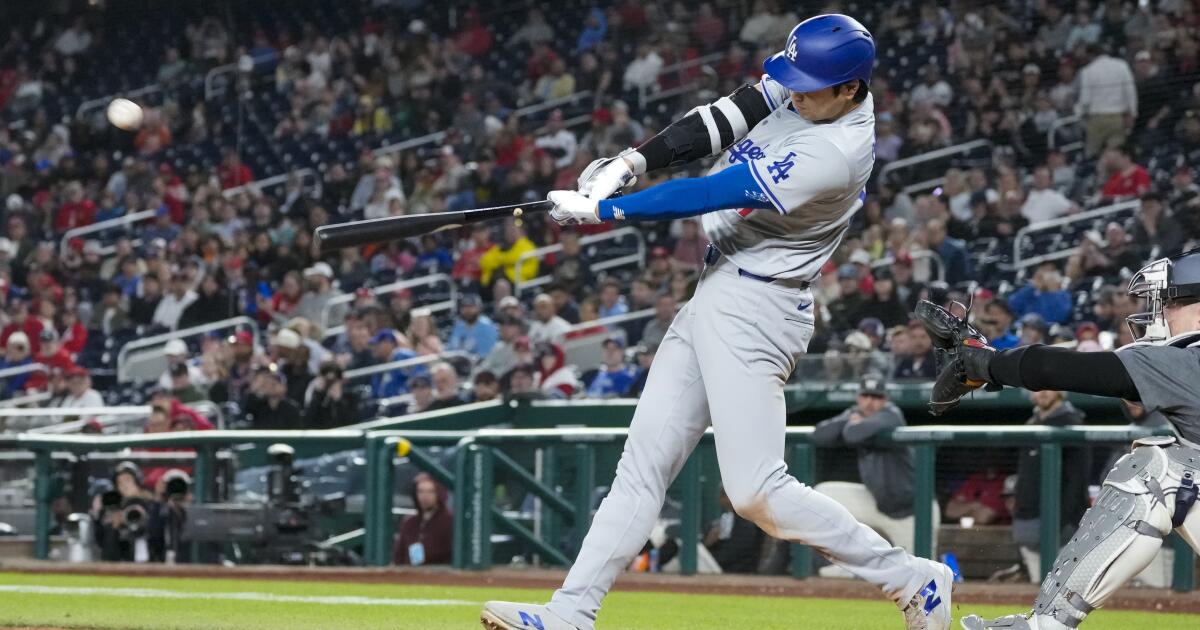
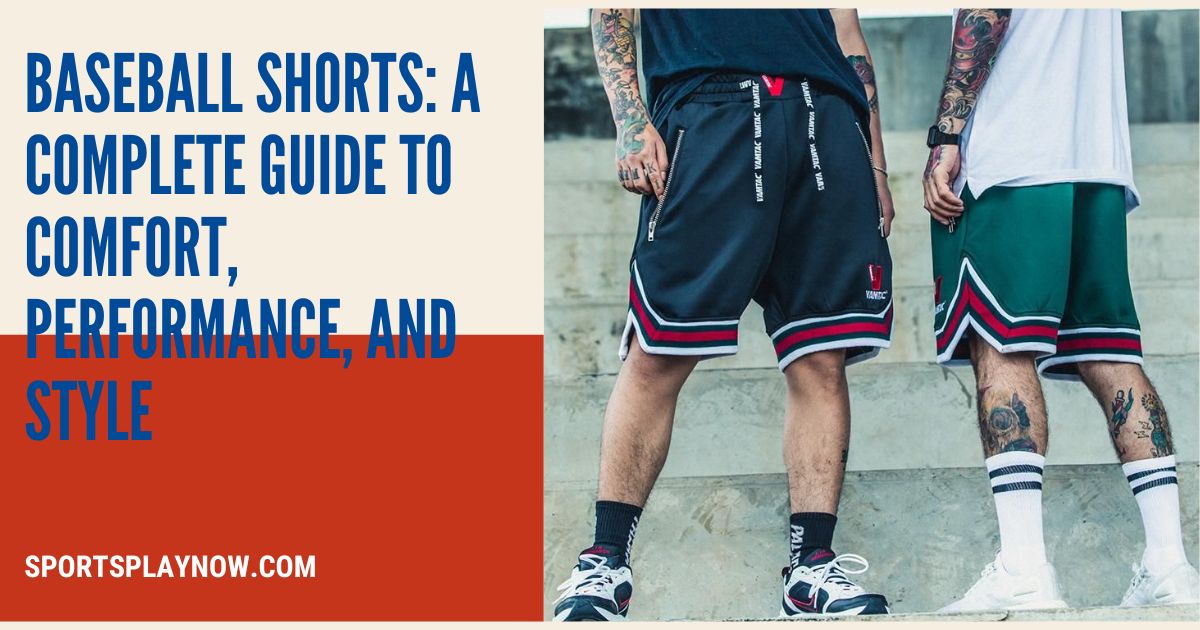
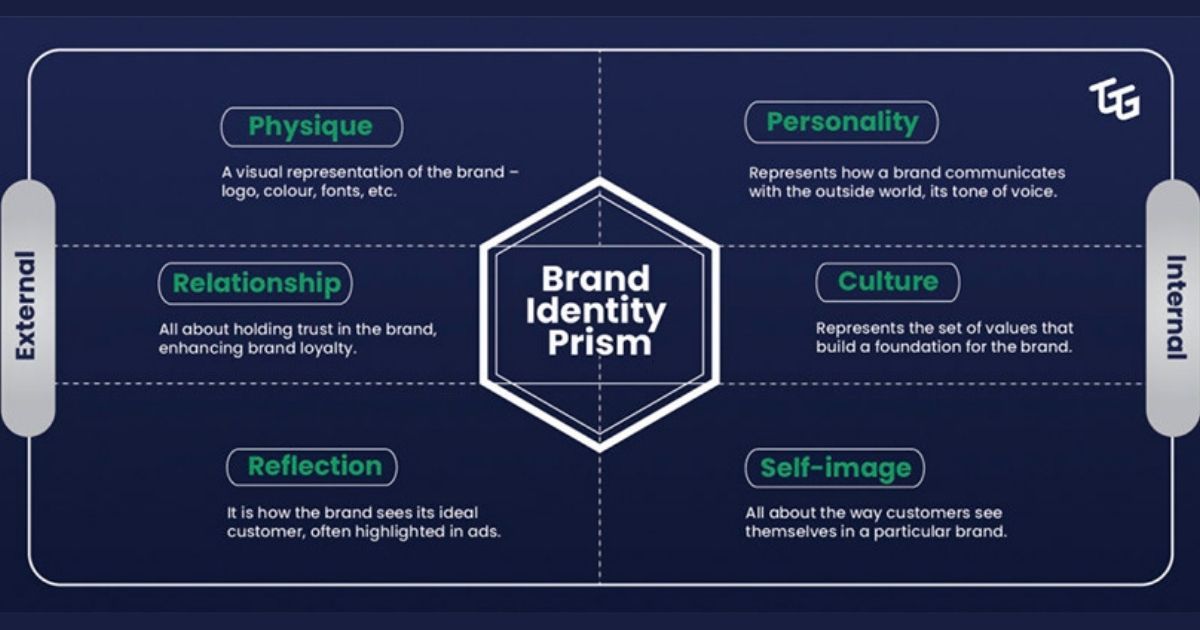



Leave a Reply